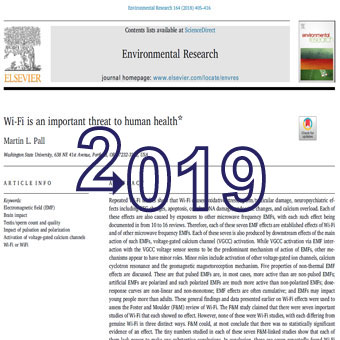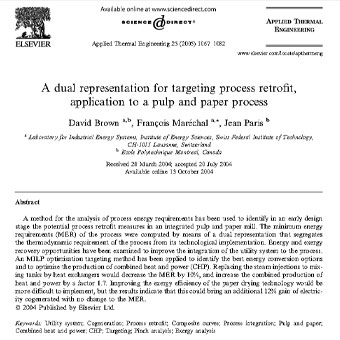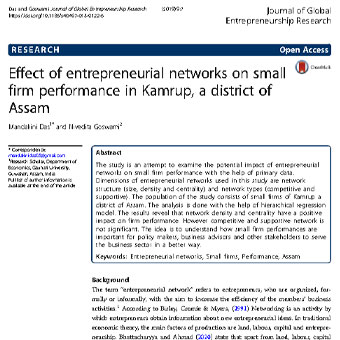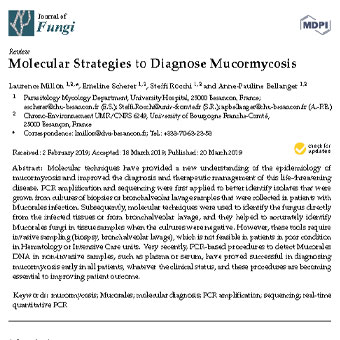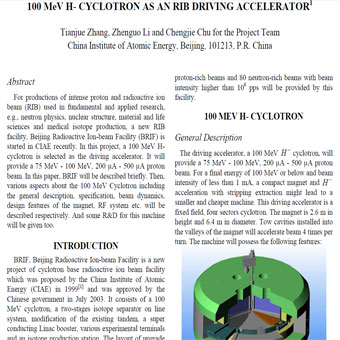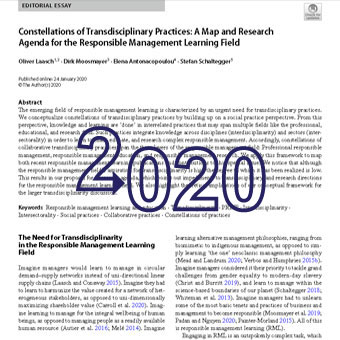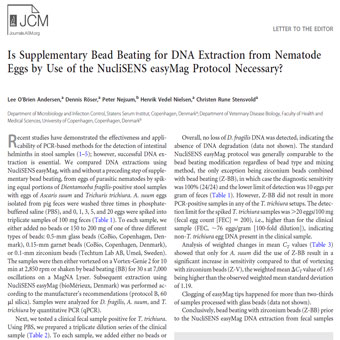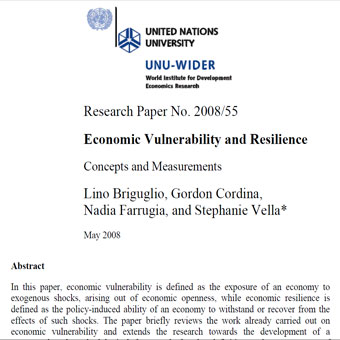عنوان فارسی:گردشگری و توريسم درماني در زمینه ی درمان ناباروری
چکیده
اصطلاح توریسم درمانی در حوزهی نازایی توسط ناپرز و لی بریس ر ۱۹۹۱ برای توصیف مسافرت زوجین به مناطق خاص یا کشورهای مناسب برای بهرهگیری از امکانات توریسم در راستای دریافت تولیدمثل کمکی ارائه شد. این نوع توریسم محدود به منطقهی خاصی نیست و در همه جای دنیا رخ میدهد. بیماران مبتلابه ناباروری به مناطق مختلف بهمنظور دریافت درمانهای پزشکی سفر میکنند. مطالعهای در سال ۲۰۱۰ نشان داد که تقریباً ۲۵۰۰۰ زوج سالانه به مناطق مختلف برای درمان ناباروری سفر میکنند. بر طبق گزارش سازمان بهداشت جهانی (WHO)، ناباروری بهصورت اختلال سیستم تولیدمثلی تعریف میشود. جست و چوی گزینههای درمانی در کشورهای خارجی یکی از استراتژیهای اصلی زوجین میباشد. این فرایند بهصورت توریسم درمانی یا توریسم پزشکی تعریفشده است(گردشگری و توريسم درماني درمان ناباروری).
- لینک دانلود فایل بلافاصله بعد از پرداخت وجه به نمایش در خواهد آمد.
- همچنین لینک دانلود به ایمیل شما ارسال خواهد شد به همین دلیل ایمیل خود را به دقت وارد نمایید.
- ممکن است ایمیل ارسالی به پوشه اسپم یا Bulk ایمیل شما ارسال شده باشد.
- در صورتی که به هر دلیلی موفق به دانلود فایل مورد نظر نشدید با ما تماس بگیرید.
 متن به فارسی | ترجمه مقالات و متون علمی | ترجمه و دانلود مقالات و انواع متون علمی و ادبی و پذیرش سفارش ترجمه
متن به فارسی | ترجمه مقالات و متون علمی | ترجمه و دانلود مقالات و انواع متون علمی و ادبی و پذیرش سفارش ترجمه
